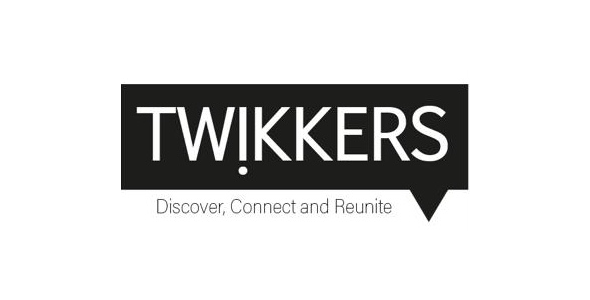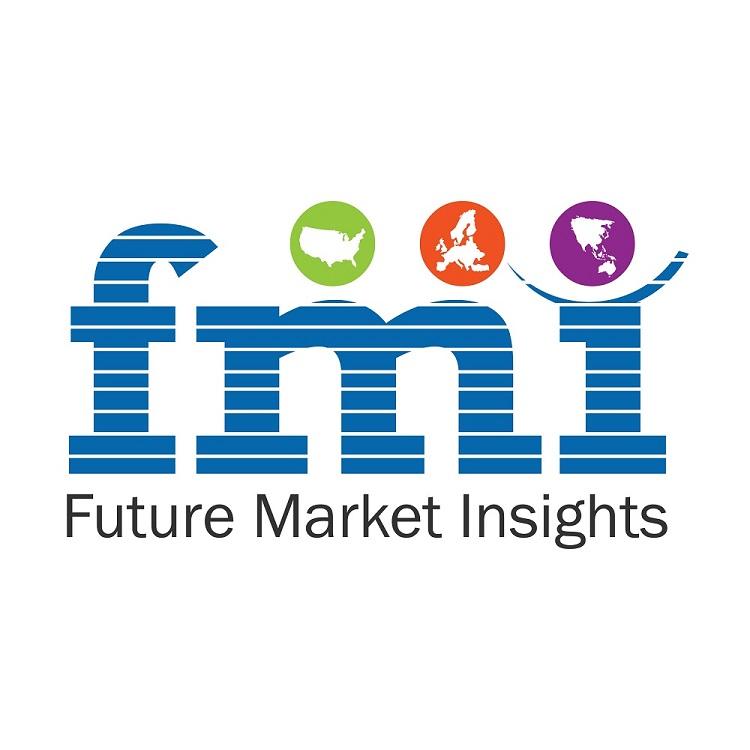The global women health applications market is on the brink of unprecedented growth, poised to soar from USD 3.4 Billion in 2022 to an astonishing USD 24 Billion by 2032. This meteoric surge, projected at a Compound Annual Growth Rate (CAGR) of 21.6% from 2022 to 2032, marks a significant paradigm shift in healthcare management and empowerment.
Women's Health Applications are revolutionizing proactive healthcare practices, providing invaluable support in monitoring menstrual cycles, ovulation, overall health, mood, and the assessment of birth control pill usage. These applications empower women by offering deeper insights into their bodies, thereby mitigating the risk of unplanned pregnancies and facilitating informed decision-making.
Request A Sample Research Report: https://www.futuremarketinsights.com/reports/sample/rep-gb-15059
Moreover, Women’s Health Applications are not only instrumental for individual users but also serve as invaluable tools for healthcare professionals. Doctors and nurses leverage these applications to provide personalized healthcare services and tailored advice, thereby enhancing patient care outcomes.
The unprecedented growth of the global women’s health app market can be attributed to several key factors. Expanding internet penetration coupled with the widespread adoption of digital devices such as laptops, tablets, and smartphones has facilitated greater access to these applications. Additionally, the burgeoning popularity of Health Applications offering diverse services including diet, nutrition, menopause management, weight management, and fitness has further accelerated the adoption of women’s health applications.
One segment driving notable growth within this market is Menstrual Health Applications. These applications not only aid in tracking ovulation but also serve as indispensable guides for women navigating pregnancy planning or contraception. With a significant share of the market attributed to the increasing global popularity of menstrual health applications and the continuous introduction of innovative features and products by leading companies, this segment is poised for sustained expansion.
As the global landscape of women’s healthcare continues to evolve, Women’s Health Applications are poised to emerge as indispensable allies in fostering proactive health management and empowerment. With projections pointing towards exponential growth, the future of women’s healthcare is indeed promising.
Key Drivers of the Market:
- Increased awareness: Women are becoming more aware of the variety of health and fitness apps available to them, specifically designed to address their unique needs. This sparks interest and drives demand.
- Focus on preventative care: Women are placing a greater emphasis on preventative healthcare. These apps can help with period tracking, fertility planning, and monitoring overall health metrics, promoting a proactive approach to wellness.
- Convenience and accessibility: Health apps offer on-demand information and resources, fitting seamlessly into busy lifestyles. This ease of access makes managing health much simpler.
These are just a few potential drivers. You could consider adding:
- Rise of telemedicine: Health apps can connect women with doctors and specialists virtually, improving access to care.
- Focus on mental health: Many women's health apps incorporate features for managing stress, anxiety, and other mental health concerns.
By outlining a range of factors, you paint a clearer picture of why the market for women's health apps is growing.
Competition Landscape:
App developments, partnerships, mergers and acquisitions by leading companies, etc. are some of the key strategies adopted by players operating in the Women's Health Applications Market. Apple, Inc., Clue, Google, Inc., Fitbit, Inc., Fio Health, Glow Inc., Withings, Ovia Health, DOT, and NURX, Inc. are the key players in the market.
- In March 2021, Clue received FDA approval to launch Clue Birth Control, a digital contraceptive that will statistically predict ovulation for use as a birth control tool.
Key Segments Covered in Women Health Applications Survey:
By Type:
- Fitness & Nutrition
- Menstrual Health
- Pregnancy Tracking & Postpartum Care
- Menopause
- Disease Management
- Other Types
By Region:
- North America
- Asia Pacific
- Europe
- Latin America
- Middle East & Africa

